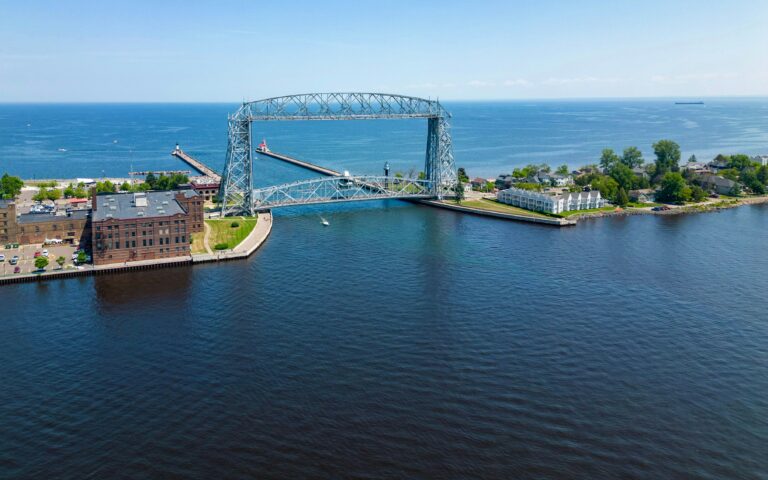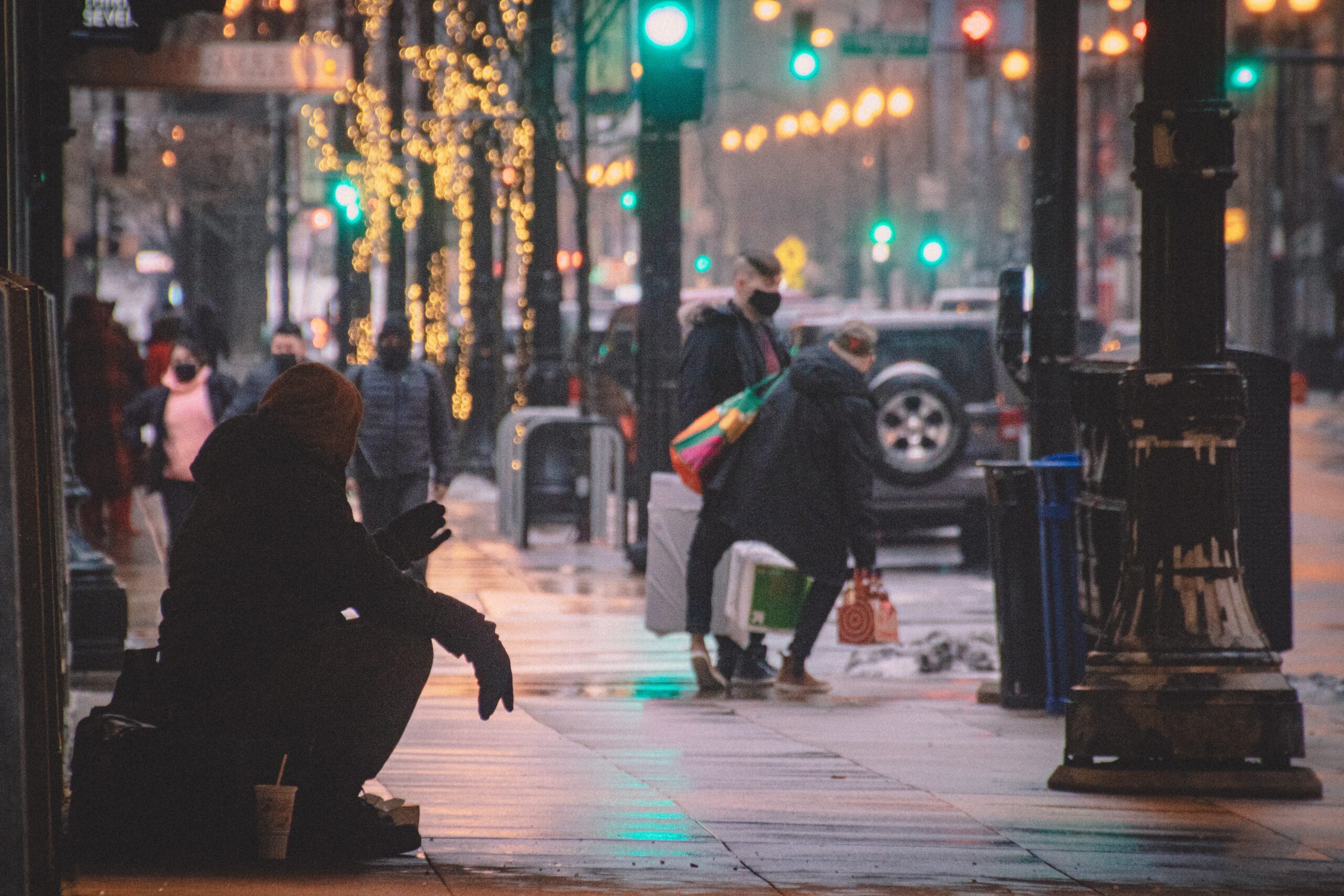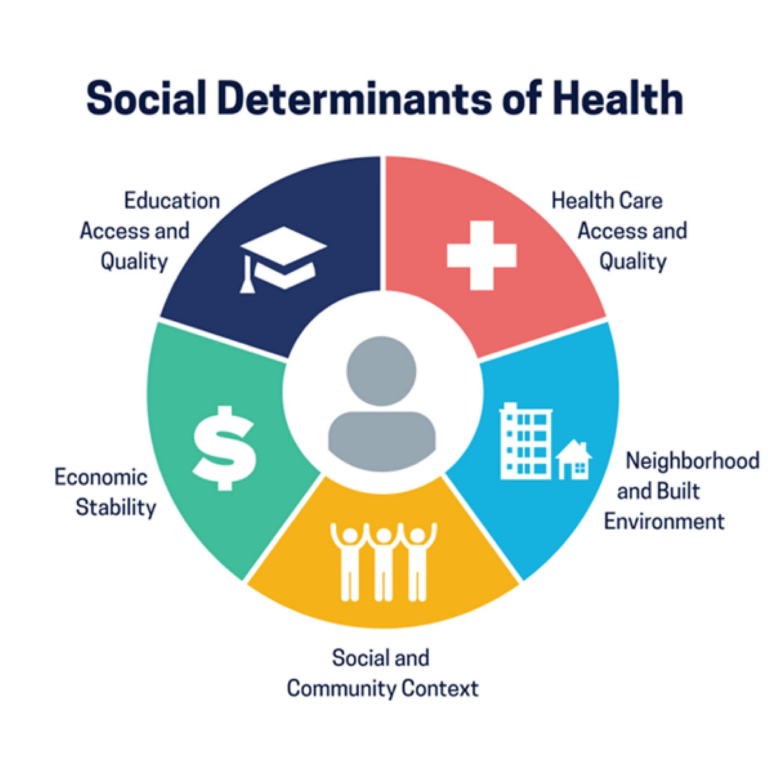The environment we grow up in shapes much of our worldview, influencing elements like our perspectives, culture and relationships. Along with these defining factors, our surroundings are also directly linked to our overall health. The neighborhoods and built environments around us have the potential to provide us safety, clean air and water – factors that should be viewed as individual blocks that once together provide the foundation for you to live a healthy life. Considering the social determinants of health (SDoH) like built environments is critical to developing an effective support strategy, and delivering effective care in addiction recovery services. For this reason, we’re diving deeper into the concept of neighborhoods and built environments. Keep reading for a closer look at what this encompasses, and how it should inform your practice!
What Does Neighborhood and Built Environments Entail?
A built environment includes all of the physical parts of where people live, work, play and grow up. The environment you grow up in, and are born into, contributes greatly to general health outcomes through access to materials, adaptation of healthy behaviors and impact of the surrounding environment. Examples of this include infrastructure, home, air & water quality, streets/sidewalks.
Absolutely key to this conversation, racial and ethnic minorities and people with low incomes are more likely to experience risks in their environment that contribute to poorer health outcomes. As outlined by a comprehensive study on the SDoH, racial residential segregation is a key mechanism through which racism produces and perpetuates social disadvantage. Viewing the complex social structures at play and knowing that BIPOC Americans have a higher likelihood of residing in disadvantaged neighborhoods is critical to understanding throughout the peer recovery process. We’ll jump into this a bit more below.
Why is This Important?
To deliver a high level of care, the base of your practice must be rooted in understanding the clients you work with. Part of this is understanding the SDoH and how they impact client health outcomes. While there is not much we can do to alter the past, we can offer compassion alongside solutions to better support clients’ health and wellness, and in turn guide them to better understand these processes themselves.
Further, the deeper we understand a client’s past struggles with social factors, like built environment, the more comprehensively we can offer tailored solutions and support.
Think of it like this: You are working with a client who has grown up in low income neighborhoods, with high rates of violence and little to no infrastructure. This client has never experienced exercise as a priority, and were deterred from even going outside some days due to the high levels of violence.
This same client has recently begun their recovery journey and now find themselves struggling to establish a healthy exercise routine, which they believe benefits their personal recovery. As a Peer, it’s in your interest to find this information through client meetings so you can best advise them moving forward. You might explore different options, like free exercise classes or relocating to another affordable place to live. This depends on the client, and on your ability to collect this relevant information as you work with them.
Supporting Clients’ Experiences With Built Environments
After understanding the concept of neighborhoods and built environments through an SDoH lens, you will be able to integrate this into your client services. Each client will have their own story, and their own background. Listen, and seek to understand them individually. As they offer you more of a full picture on their past environments, you can begin asking questions to inform the solutions you provide.
Using the SDoH as a framework, work with your client to uncover their experiences with built environments throughout their lifetime, and how this may have impacted their health outcomes. Some questions you might consider:
- Has your client lived in safe neighborhoods throughout their life?
- Was your client able to spend time doing activities outside in their neighborhood?
- Was/is there a high level of violence in your client’s neighborhood?
- Did your client live in an area with clean air and water accessible to them?
- Was there bike/walking paths available to your client in their neighborhoods?
- Did your client grow up in a safe home environment?
Assess the circumstances fully, and let this serve as a guiding light while you find specific resources that can effectively support your client further along their journey. Remember, your Client might not have experience with these systems and processes, so assist them in learning how to navigate this new territory.
Start Utilizing the SDoH Today!
Now that you have a foundational understanding of what neighborhoods and built environments are, you can begin to use these resources in your peer recovery practice. Start with the questions we provided, and develop your own from there! Much of the information you receive from clients will be disclosed to you naturally in conversation. As you see the full picture, you can evolve the tools and resources you provide to your clients. Leaning on the SDoH will assist you in opening up the conversation, learning more about your clients, and therefore providing the most tailored support you can.
Learn More About Continuing Education
The Kyros Peer Resource Hub was largely created by Peers, for Peers. Find other education-related resources and more here to assist you in providing tailored support to your clients.
Sources:
Annual Review on Public Health. “The Social Determinants of Health: Coming of Age.” Paula Braveman, Susan Egerter, and David R. Williams, 2011. https://www.annualreviews.org/doi/pdf/10.1146/annurev-publhealth-031210-101218.
Accessed 11 August, 2023.
CDC. “Impact of the Built Environment on Health.” Center for Disease Control and Prevention, 2011. https://www.cdc.gov/nceh/publications/factsheets/impactofthebuiltenvironmentonhealth.pdf.
Accessed 10 August 2023.
U.S. Department of Health and Human Services. “Social Determinants of Health – Neighborhood and Built Environment.” Healthy People 2030, 2023. https://health.gov/healthypeople/priority-areas/social-determinants-health.
Accessed 10 August 2023.



